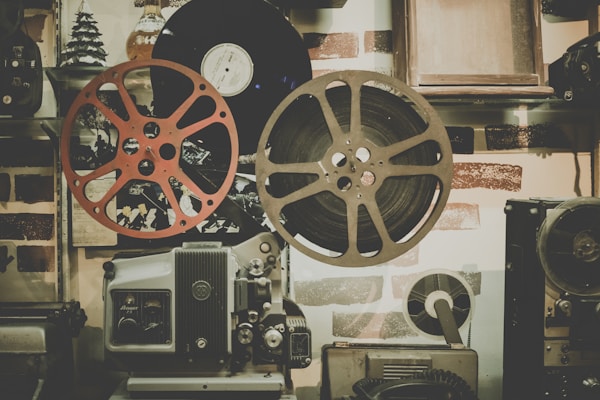Cinema has come a long way since the first silent films flickered on screens over a century ago. The evolution of cinema technology has been nothing short of revolutionary, transforming not just how we watch movies, but how filmmakers tell their stories.
The Silent Era to Talkies
The transition from silent films to "talkies" in the late 1920s marked one of the most significant technological leaps in cinema history. The introduction of synchronized sound opened up new possibilities for storytelling, allowing audiences to hear actors speak for the first time.
Color Revolution
While color film processes existed as early as the 1900s, it wasn't until the 1930s and 1940s that Technicolor became widely adopted. Films like "The Wizard of Oz" and "Gone with the Wind" showcased the dramatic impact color could have on cinematic storytelling.
The Digital Revolution
The shift from film to digital projection in the 2000s represented perhaps the biggest change in cinema since the introduction of sound. Digital projection offers consistent image quality, easier distribution, and has paved the way for new formats like 3D and high frame rate cinema.
"The evolution of cinema technology isn't just about better picture and sound—it's about giving filmmakers more tools to tell their stories and create immersive experiences for audiences."
Modern Innovations
Today's cinemas feature cutting-edge technology:
- 4K and 8K Laser Projection: Delivering unprecedented image clarity and brightness
- Dolby Atmos: Immersive sound that moves around the theater in three-dimensional space
- HDR (High Dynamic Range): Expanded color gamut and contrast for more lifelike images
- 120fps High Frame Rate: Smoother motion for action sequences
The Future of Cinema
Looking ahead, technologies like virtual reality, augmented reality, and AI-powered personalization may further transform the cinema experience. However, the core appeal of cinema—gathering together to share a story on the big screen—remains timeless.
As we continue to push the boundaries of what's possible, one thing is certain: the future of cinema is brighter, clearer, and more immersive than ever before.




